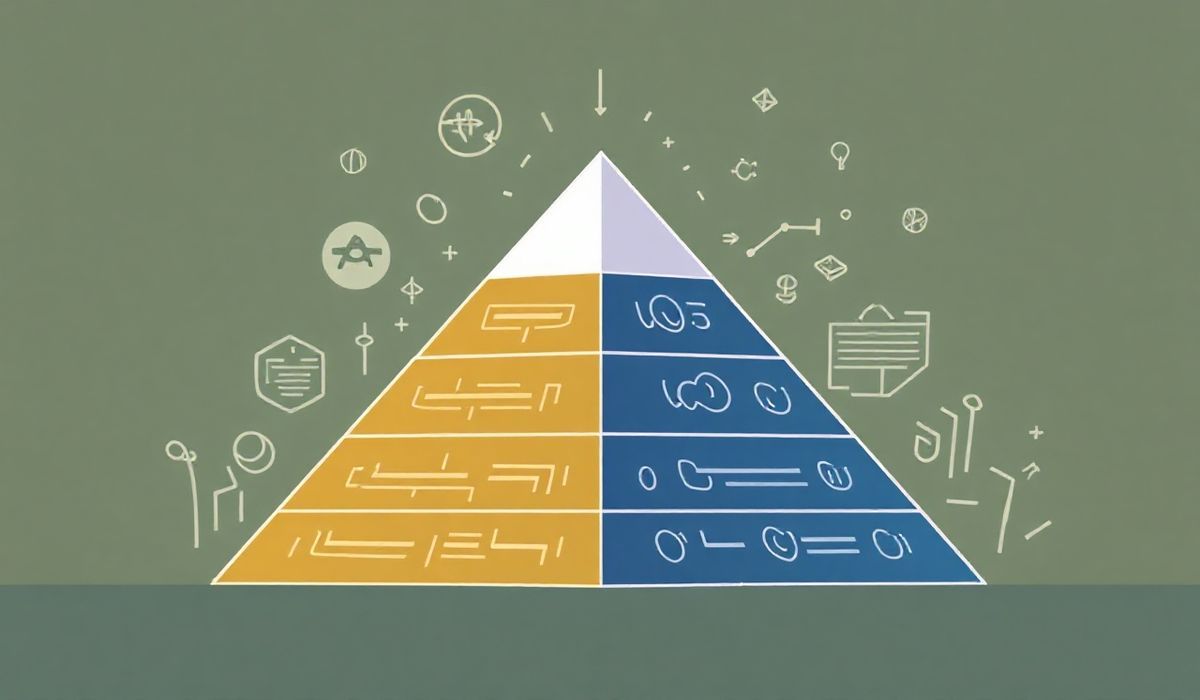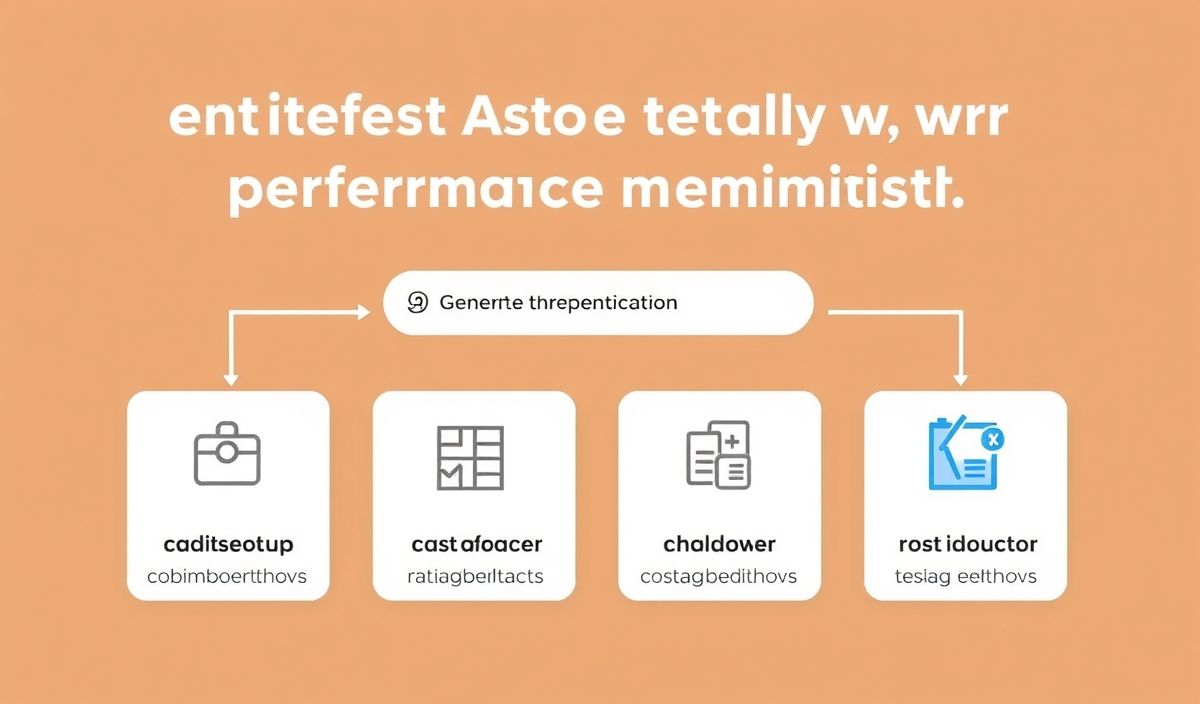Introduction to Pyramid Framework
Pyramid is a lightweight and versatile Python web application framework designed for developers who want both control and simplicity. It is one of the most efficient solutions for creating high-performing and scalable web applications. With its modular and extensible architecture, Pyramid allows developers to build web projects ranging from simple applications to complex systems with ease.
Key Features of Pyramid
- Flexibility: Pyramid can be used for small applications as well as large-scale systems.
- Scalability: It allows for growth as your application requirements expand.
- Security: Built-in mechanisms to prevent common web security risks like CSRF and SQL Injection.
- Extensibility: Provides seamless integration with various templating engines, database ORMs, and other web utilities.
- Wide range of configuration options: Perfect for developers who want granular control over their applications.
Pyramid API Examples
Below are some useful Pyramid APIs with implementations:
1. Creating a Basic Pyramid Application
from pyramid.config import Configurator
from pyramid.response import Response
def hello_world(request):
return Response('Hello, Pyramid!')
if __name__ == '__main__':
with Configurator() as config:
config.add_route('hello', '/')
config.add_view(hello_world, route_name='hello')
app = config.make_wsgi_app()
This creates a simple web application that displays “Hello, Pyramid!” when accessed.
2. Adding a JSON API
Pyramid makes it easy to return JSON responses:
from pyramid.response import Response
import json
def json_view(request):
data = {'message': 'Hello, JSON!'}
return Response(json.dumps(data), content_type='application/json')
3. URL Dispatching
Pyramid allows you to define custom routes to different views:
config.add_route('welcome', '/welcome/{name}')
def welcome_view(request):
name = request.matchdict['name']
return Response(f'Welcome, {name}!')
4. Using Templating Engines
Pyramid integrates with various templating engines such as Jinja2:
config.include('pyramid_jinja2')
@view_config(route_name='home', renderer='templates/home.jinja2')
def home_view(request):
return {'title': 'Home Page'}
Building a Practical Application Example
Below is an example of a simple “To-Do List” application using the Pyramid framework and introduced APIs:
1. Setting Up the Routes and Views
from pyramid.view import view_config
from pyramid.response import Response
todos = []
@view_config(route_name='add_todo', renderer='json')
def add_todo_view(request):
todo = request.json_body.get('task')
todos.append({'task': todo, 'done': False})
return {'success': True, 'task': todo}
@view_config(route_name='list_todos', renderer='json')
def list_todos_view(request):
return {'todos': todos}
2. Configuring the Application
from pyramid.config import Configurator
if __name__ == '__main__':
with Configurator() as config:
config.add_route('add_todo', '/add_todo')
config.add_route('list_todos', '/list_todos')
config.scan()
app = config.make_wsgi_app()
3. Testing the Application
You can interact with the To-Do List application using tools like Postman or cURL:
# Add a TODO
curl -X POST -H "Content-Type: application/json" -d '{"task": "Write Pyramid tutorial"}' http://localhost:6543/add_todo
# Get ToDO List
curl http://localhost:6543/list_todos
Conclusion
Pyramid is a powerful yet accessible framework that enables developers to create scalable web applications easily. Whether you need a simple or complex application, Pyramid provides the tools, flexibility, and APIs to meet your needs. Start your Pyramid journey today!




